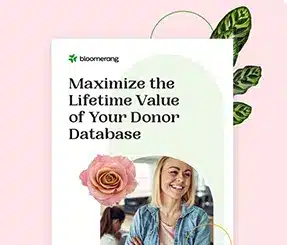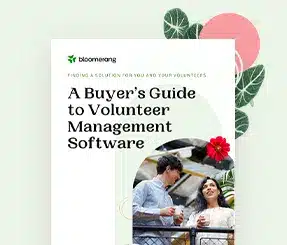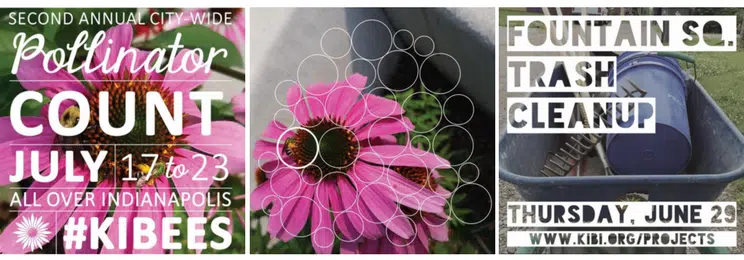Ultimate Guide to Nonprofit Instagram


Full Platform Overview Chat With Us



Full Platform Overview Chat With Us





Over the past several years, Instagram has transformed from a selfie and foodie prevalent social network to a storytelling platform nonprofits can maximize. According to our latest Nonprofit Social Media Benchmark Survey results, 44% of the over 500 nonprofits surveyed said that they’re active on Instagram. 37% of respondents said that if they could spent more time on one social media account, they would choose Instagram.
Do these numbers surprise you? We’re not surprised that Facebook is king and Twitter is queen. But while we were distracted, Instagram slowly crept into that next slot.
We all know the value of social media, but are we doing everything we can to optimize the channels we use, create plans and strategy, and track our results? Most of us feel confident with our Facebook and Twitter strategies, but what about Instagram?
Here are some tips, best practices, and things to avoid to help your nonprofit utilize Instagram to its max potential:
Answer these questions
Before you even get going with Instagram, or as a quick refresher to current users, make sure these questions are answered and key metrics established:
Do your research
Once you’ve figured out the reason why you want your nonprofit to be active on Instagram, the next logical step is to do your due diligence on your ground-level tactical plan. How will you execute to meet your goals? There are things you can do before you even post to help generate better results.
Whatever research shows (whether third-party data or information you’ve collected from surveying your audience), just find a cadence that works for you. On average, most brands post about once a day. This might be a lot for your nonprofit, and that’s okay. Just post regularly enough that your audience knows what to expect and can stay up-to-date weekly.
Create a content calendar
A content calendar is a great tool to help you post regularly on Instagram (and any social media account)! Here are a few tips on how to get started:
Either way, creating a content calendar monthly, quarterly, or annually can help you stay on top of posting regularly. It also gives you a great opportunity to make themes or campaigns the focus of a particular month or year. Create and add those branded hashtags in when relevant.
The first step to get started with Instagram, or any social media account, is to optimize it first. Once you’ve got the basics down, you can get your hands dirty with executing and monitoring.
Build a community
Instagram, like any other social media platform, is ultimately meant for social networking. Building a community on Instagram is as simple as active listening, monitoring, and interacting with others. Here are some additional tips to help:
Incorporate storytelling
Incorporate storytelling visually through the images you take and through the captions that accompany each photo. Here are some tips to incorporate storytelling into your strategy:

Monitor and pivot
The last step to truly maximizing any social platform is tracking and monitoring what’s working and what isn’t. Go back to those goals you set in the planning stage and see if you’re meeting them.
At the end of the day, make sure that your Instagram and social media strategy as a whole is a fluid thing. Use your strategy to guide your work, but don’t forget to adapt and make changes as you test and monitor your results.
When used thoughtfully and strategically throughout the planning and execution stages, Instagram can be a great way to find new advocates for your charitable cause, and engage with potential volunteers and donors.
If you’re new to Instagram, it might seem strange or daunting, but at the end of the day, just like any other social media platform, it can be used to increase donor loyalty. And that’s definitely worth it.


Comments